Canberra City – A Travelogue for First-timers
Photography by Iza Sanchez
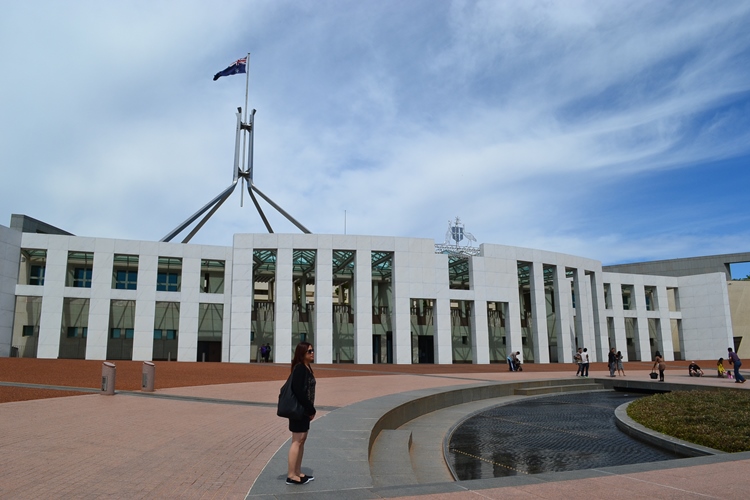
When you think of Australia, almost instantly, Sydney’s iconic Opera House or the glittering skyscrapers of Melbourne come to mind. For a clueless foreigner, it’s easy to assume that either of these two cities is the seat of Australia’s federal government. Surprisingly neither of them are. In fact, Australia’s capital is a far more laid-back city called Canberra.
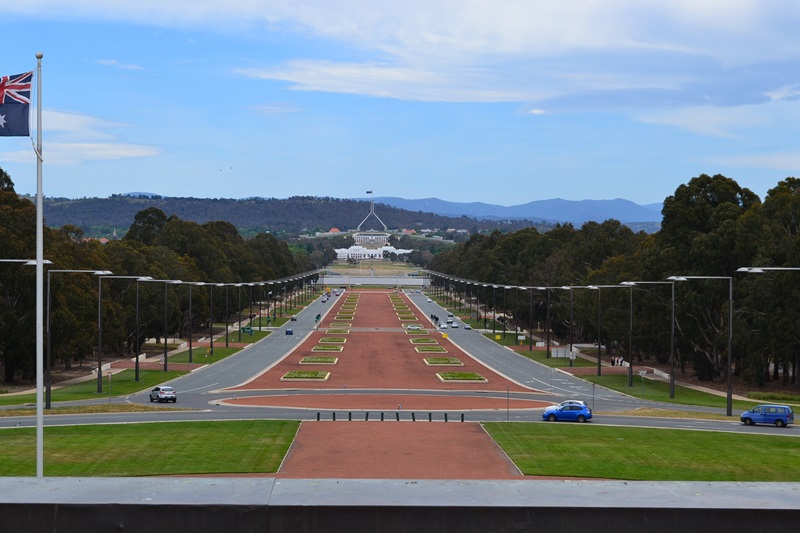
A view of the park and the Parliament House in the distance from the Australian War Memorial
Canberra is an important city as it is the center of government. Although, not as popular with tourists the city can still charm you with its fair share of Victorian buildings, remnants of the early colonial period and other national landmarks. If you are into history, museums, and politics a trip to Canberra is a sure treat.
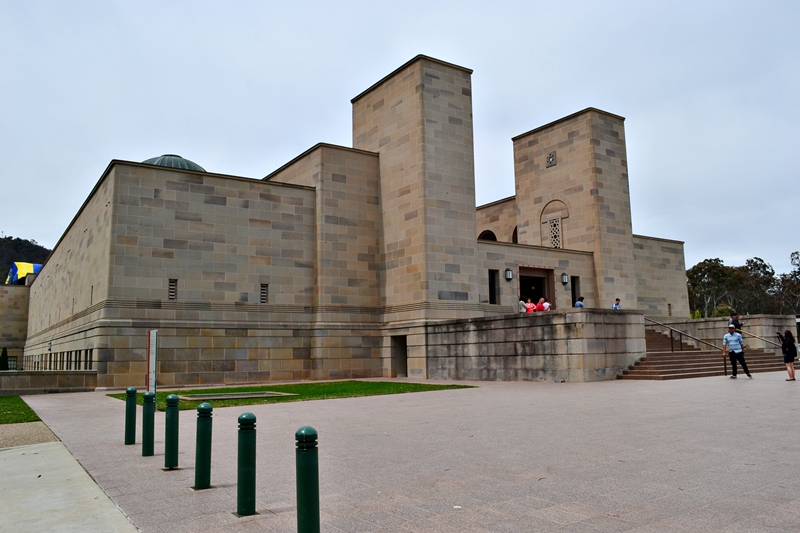
Australian War Memorial
Canberra is located in the southern part of New South Wales. From Sydney, it’s a 3 to 4 hour drive through the mountainous inland region of NSW.
What to See
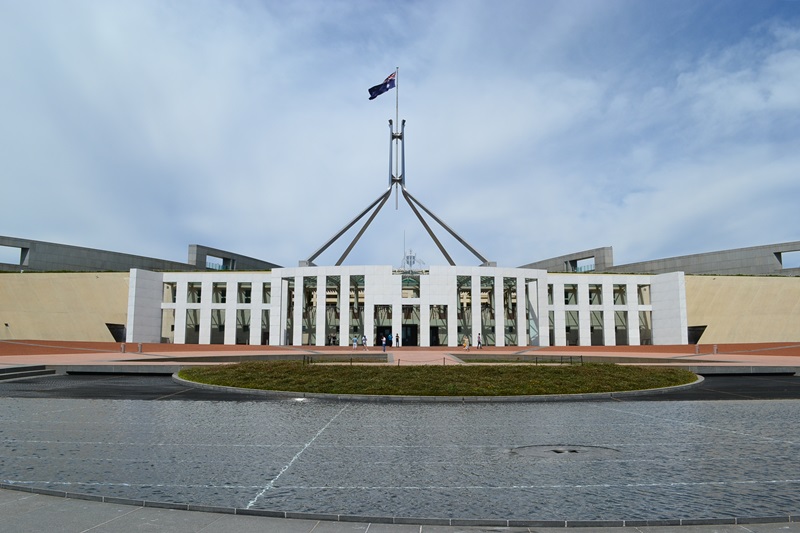
Parliament House
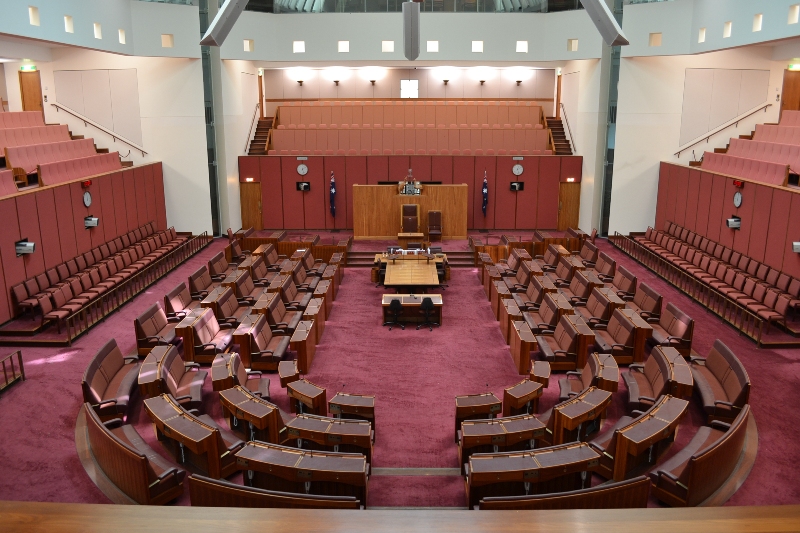
Like any other government building, the parliament house is where Australian politicians converge to deliberate and debate on how to run the country. Next to the Opera House, this is the building you will likely see on the news everyday.
Surprisingly, it is very open to the public though there are some restricted areas. You can tell by its modern design that the Parliament House is relatively new compared to other buildings in the city. It was constructed in the 1980s and inaugurated by her majesty Queen Elizabeth II.
Although, Australia has gained its independence from the United Kingdom several years ago. The Queen is still recognized as a head of state and to this day is highly respected in Australia.
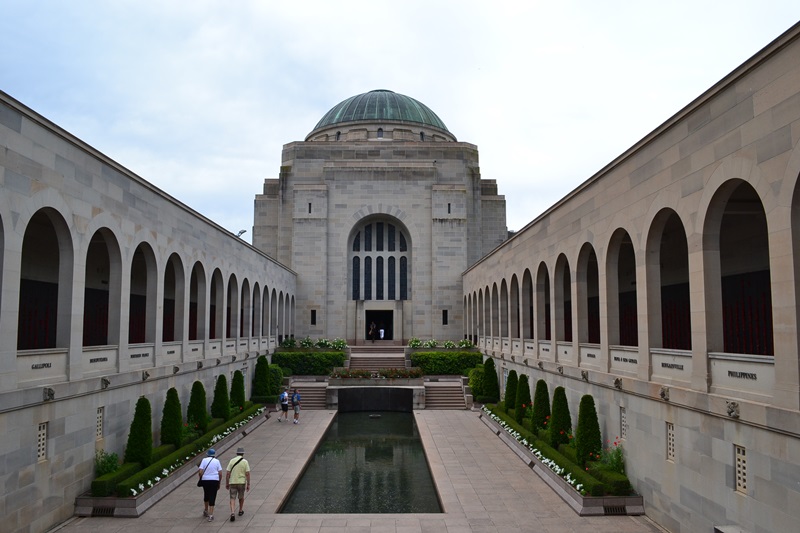
Australian War Memorial
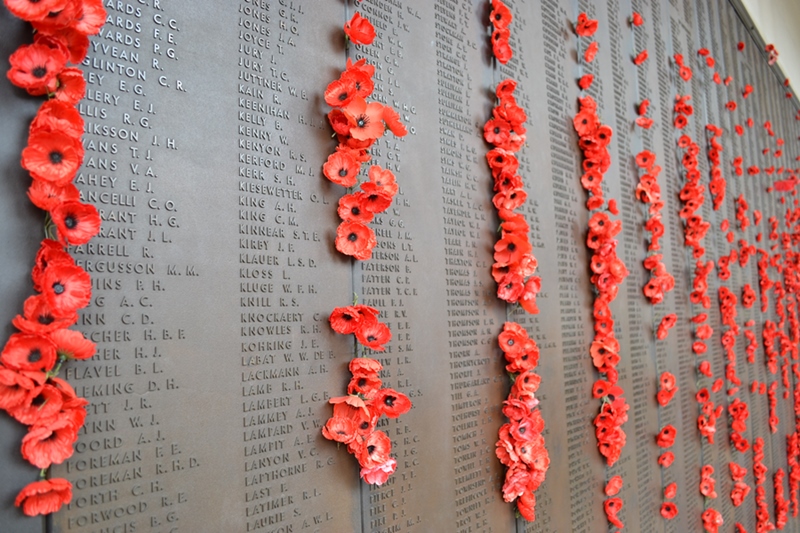
The Australian War Memorial was constructed to honour Australian men and women who fought and died in every war that Australia was involved in. From the Parliament House you can view the Australian War Memorial. It’s just a short walk and an even shorter drive to get there.
The structure has a Byzantine style architecture and is shaped in the form of a cross. Walk inside and you’d find a long courtyard with a shallow rectangular pool. There are two corridors on either side with arched windows. Etched on the sides of the adjacent walls are the names of thousands of fallen war heroes.
Cockington Garden
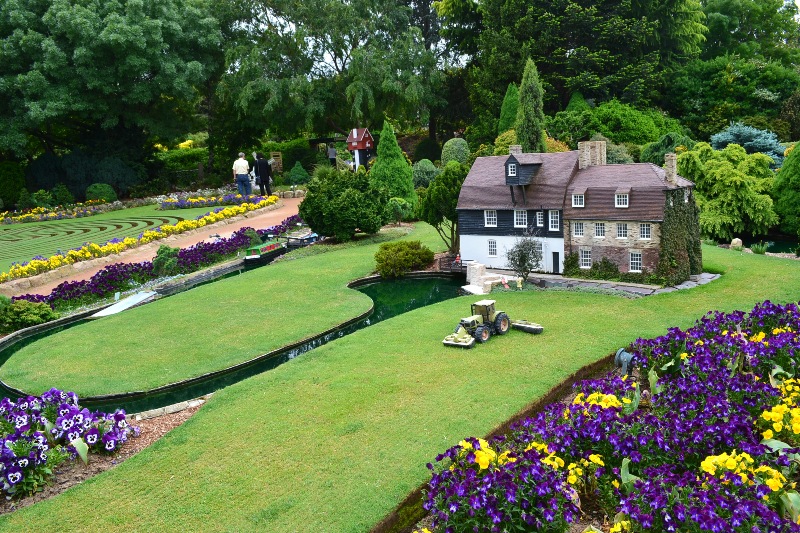
Cockington Garden, Canberra
Cockington Garden is is a fine little garden filled with many delights. It features miniature replicas of some of the world’s most celebrated sites like the Lahore Gate in India, the Aztec temples in Mexico, and the ancestral home of a Sultan in the Philippines. Each replica is carefully crafted with impressive detail and installed among vibrant plants and flowers of all kinds.
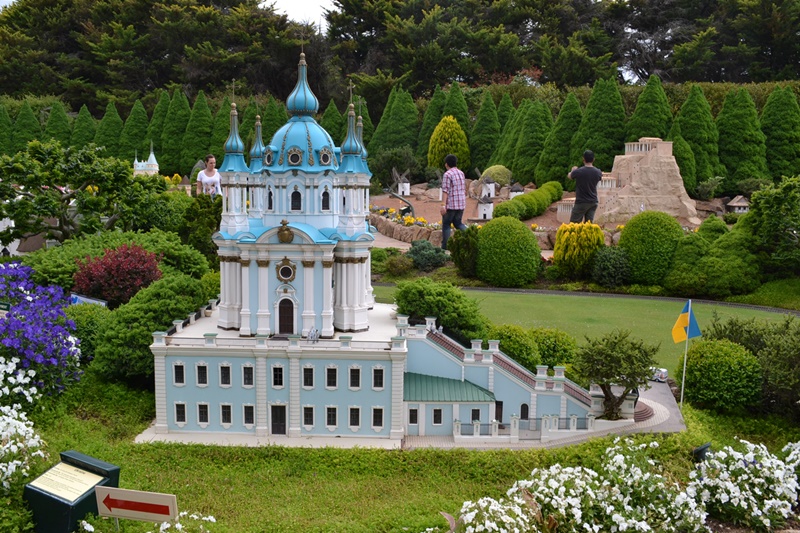
National Museum
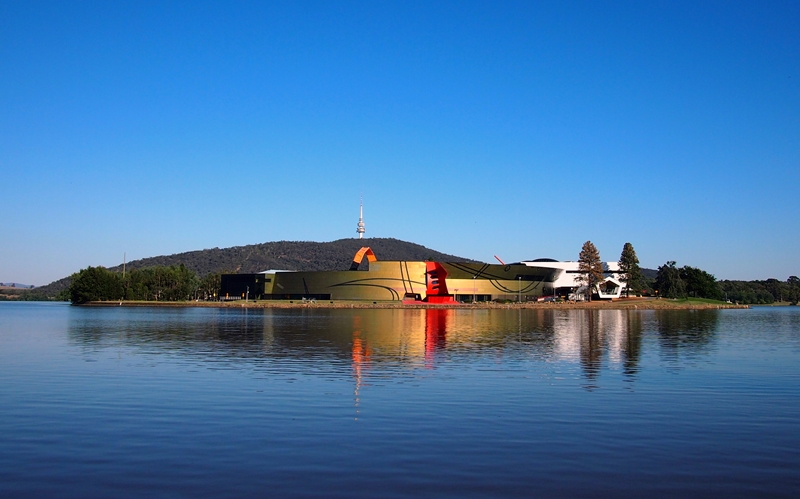
© Nick-D via WikiMedia Commons
The National Museum of Australia is the most modern and highly-interactive museum in Canberra. It houses displays of early European settlements and other dioramas which show Australia’s transformation from a British colony to an independent federal nation. It also features Australia’s indigenous cultures. The museum operates from from 9 a.m. to 5 p.m. and is located at Lawson Crescent, Acton Peninsula.
Old Parliament House
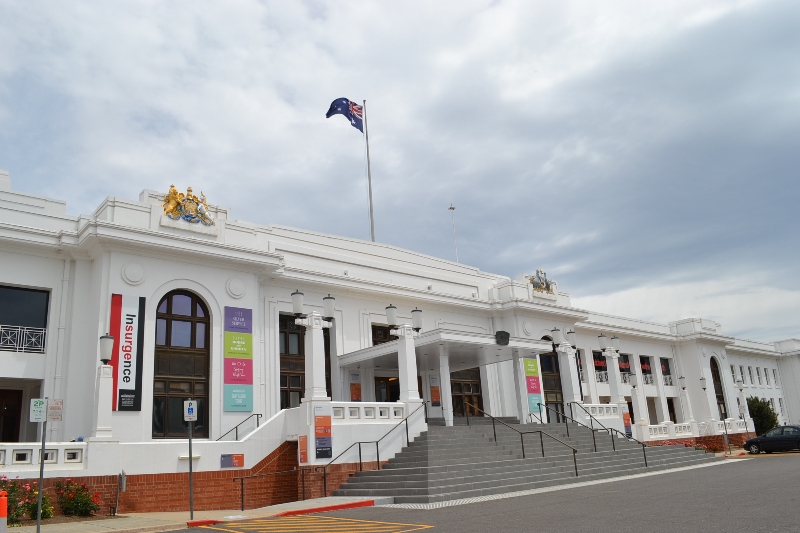
The old Parliament house was the previous venue for Parliament meetings, it served this purpose from 1927 to 1988. Upon completion of the new Parliament House in 1988, the old Parliament House was transformed into a museum. The museum focuses on the evolution of Australia from a colony of the British Empire in 1788 to a dominion or self-governing colony in 1901 and finally to an independent federal nation in 1986.
The Aboriginal Embassy
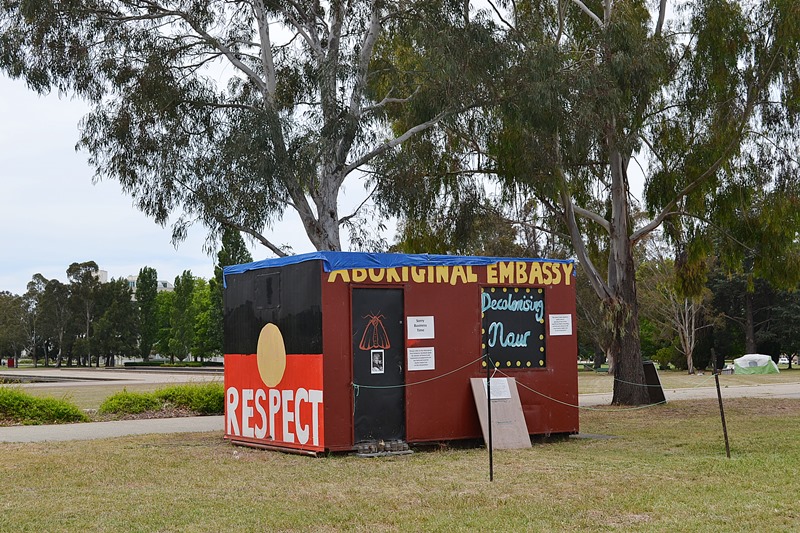
Although not really a tourist attraction, the Aboriginal Embassy is a spectacle that’s impossible to ignore. It’s a caravan-style structure standing in the middle of the park across the old Parliament building. Its history dates back to 1972 when a group of protesters camped out to demand the government’s recognition of aboriginal land rights.
The crowds grew in numbers and the protest lasted for six months. Several other protests followed in succeeding years and the structure had been torn down and rebuilt many times over.
To this day the Aboriginal Embassy still stands strong and has become a symbol of the ongoing fight for civil and cultural rights of indigenous communities in Australia.
If you found this article useful, please pass it on. Thank you.
Check out these Sydney Travel Guides for more info on cool attractions and things to do in the city
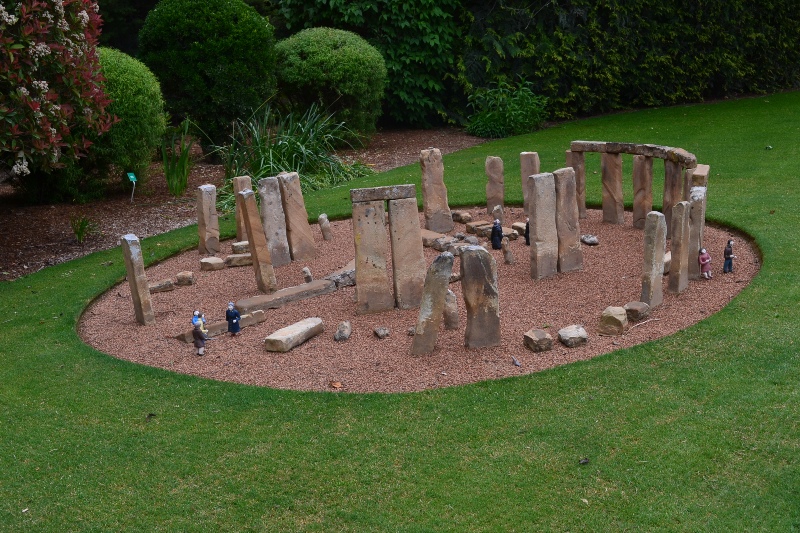
Cockington Garden, Canberra
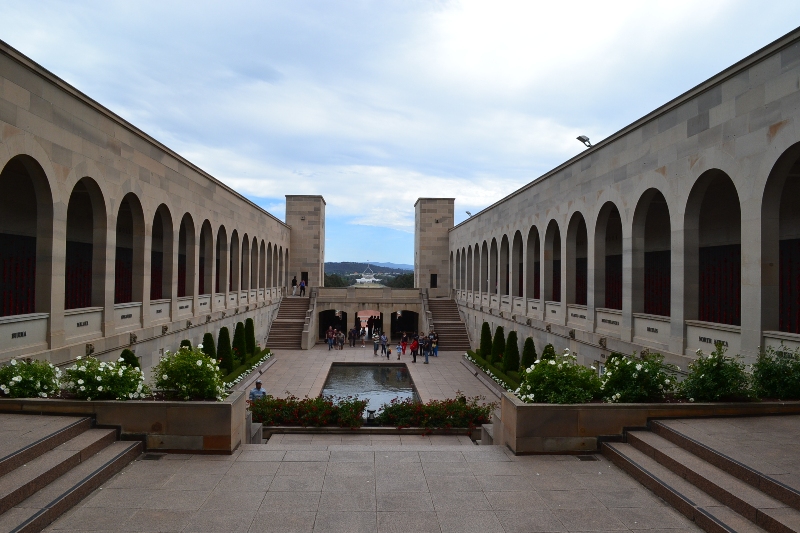
Australian War Memorial
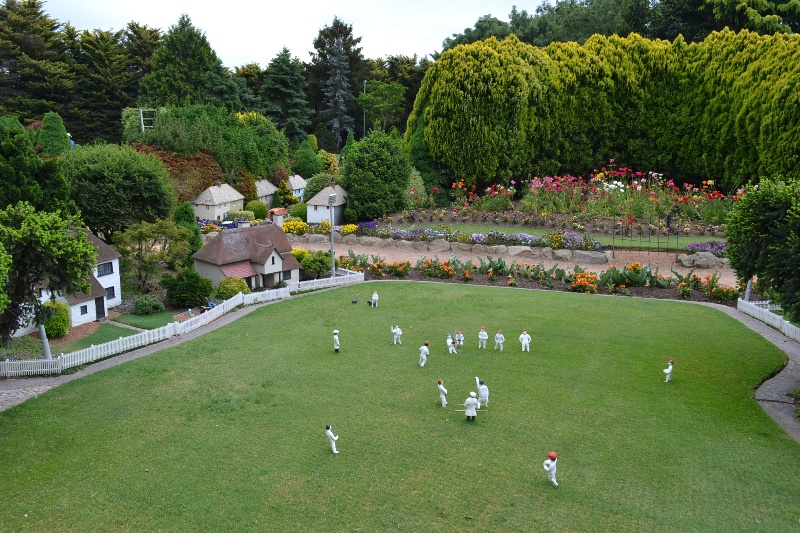
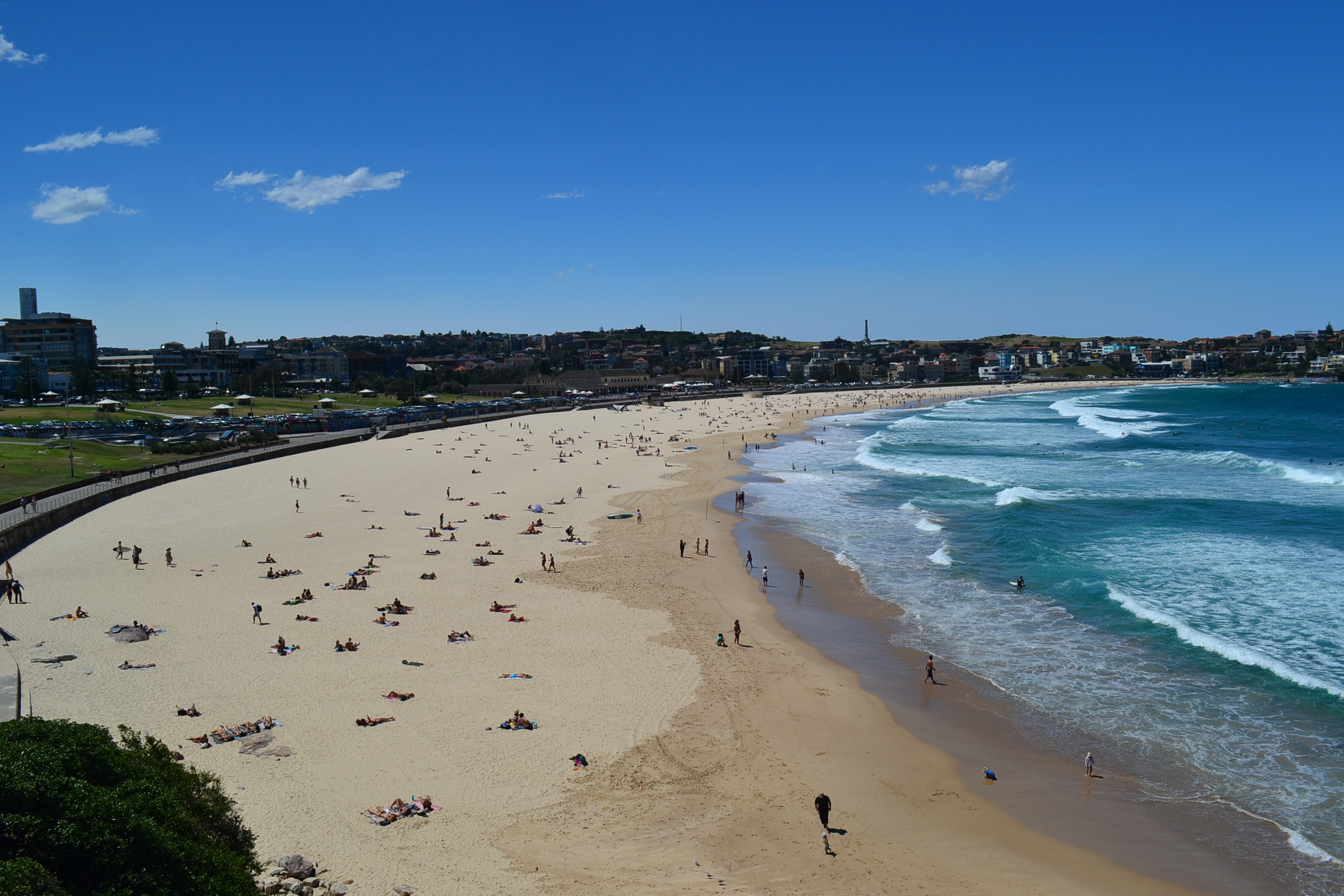
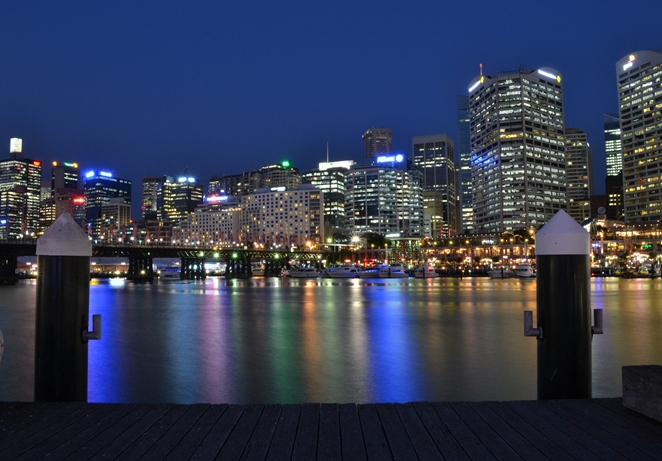
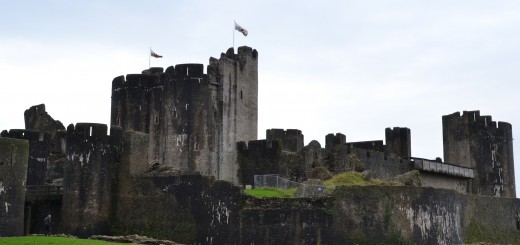

 ">
">
